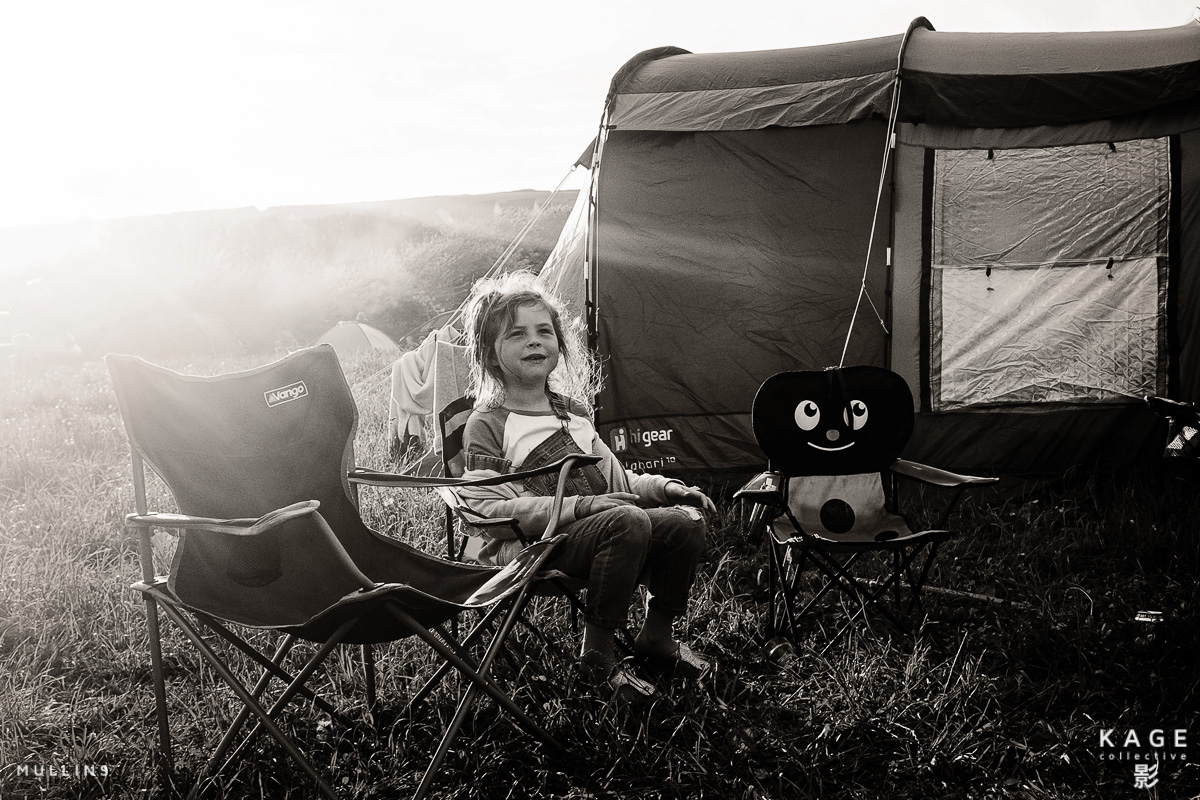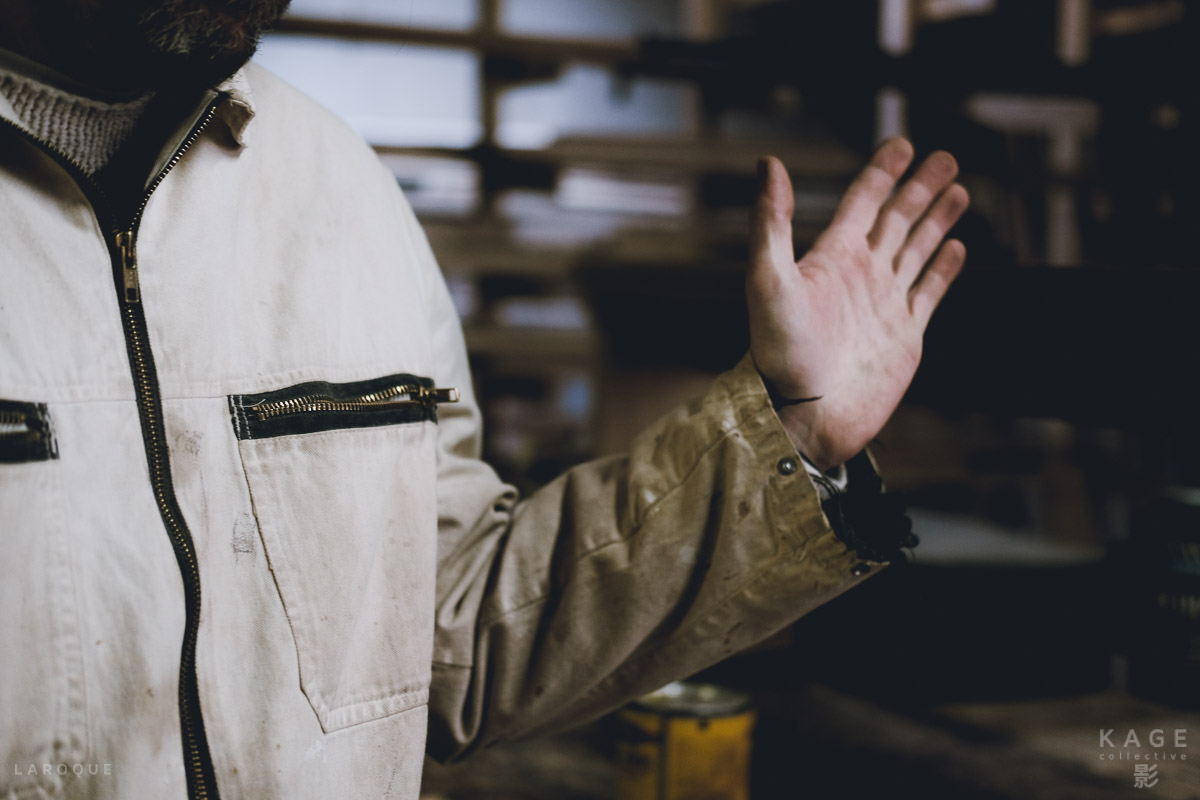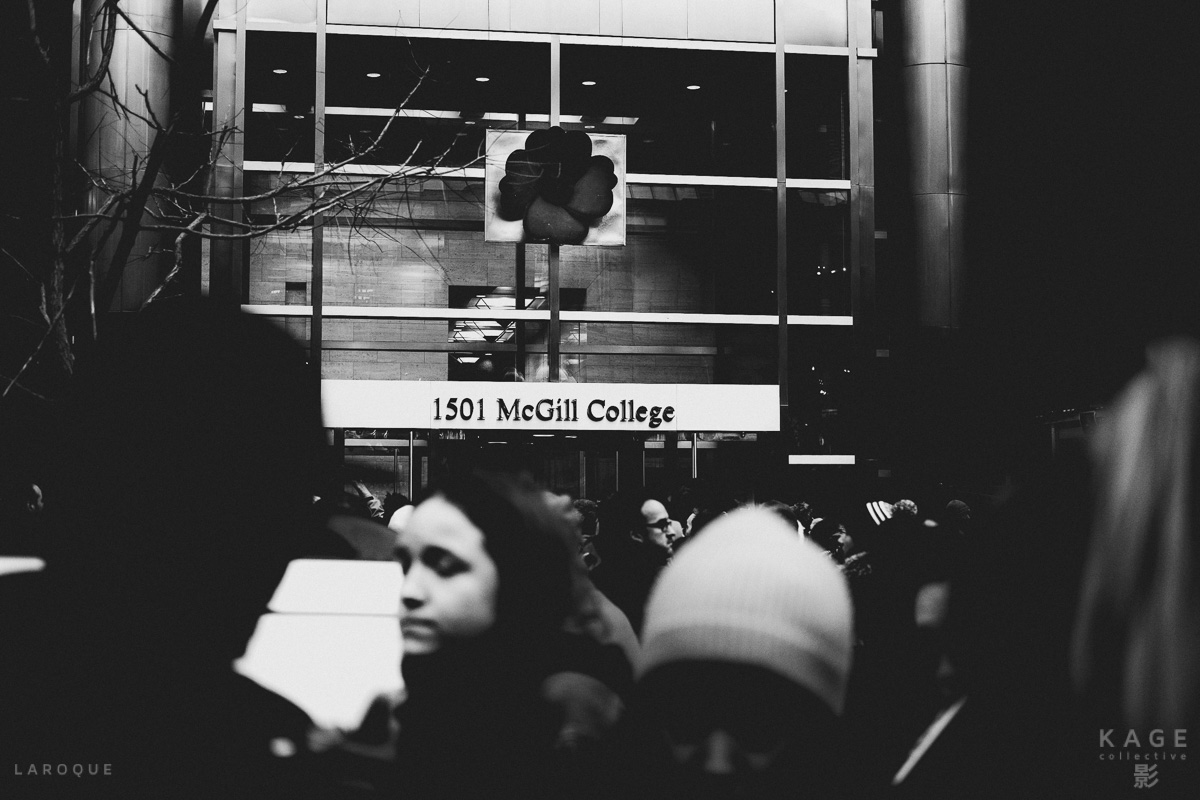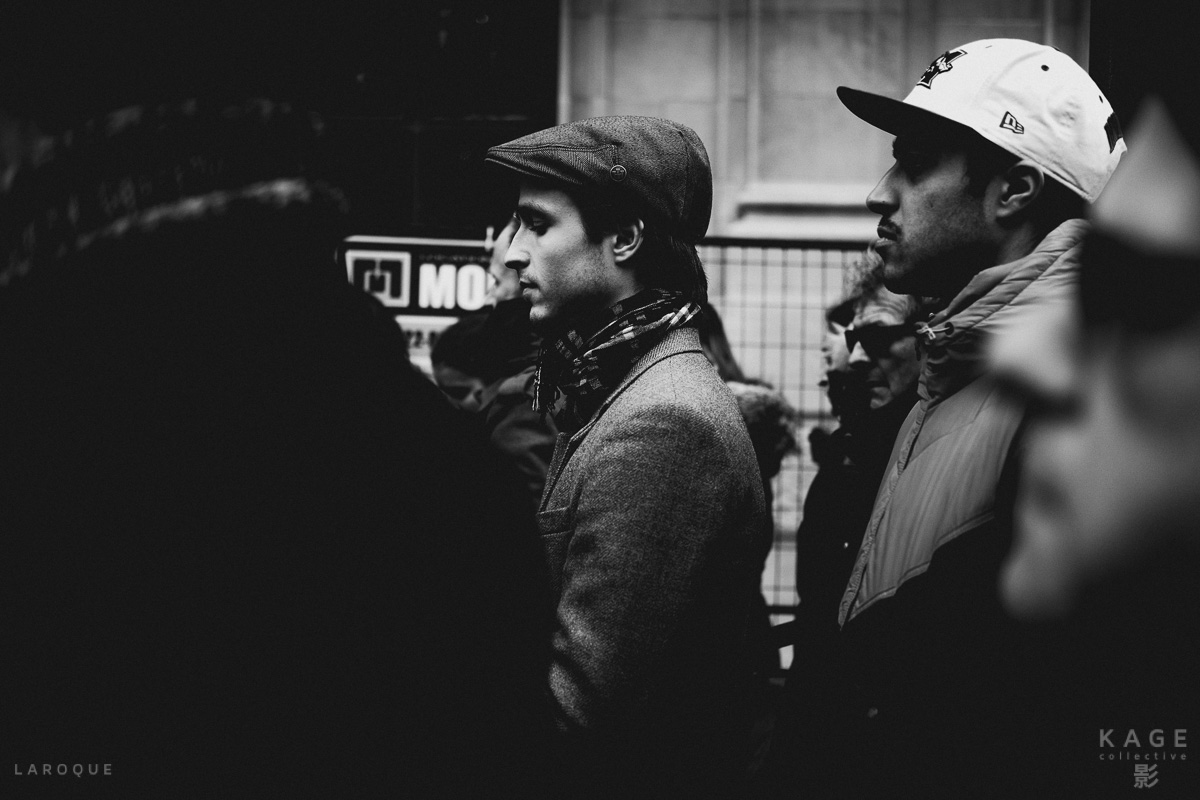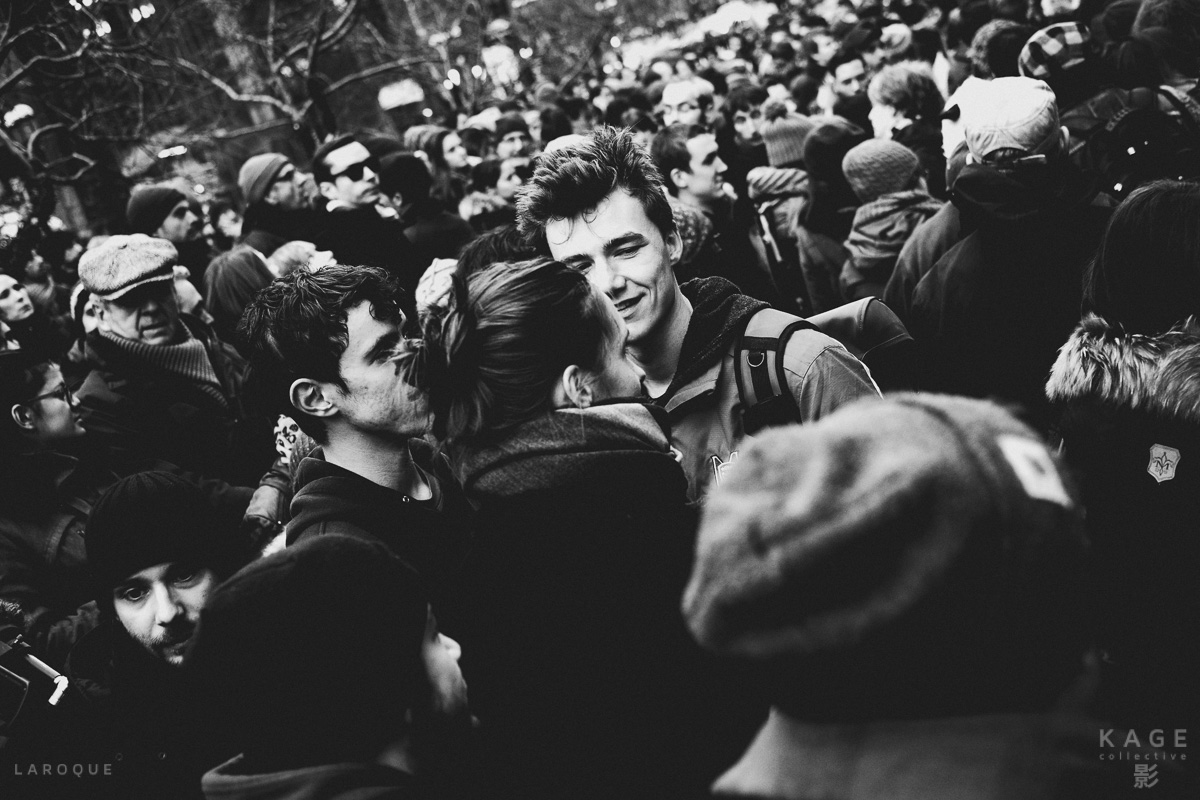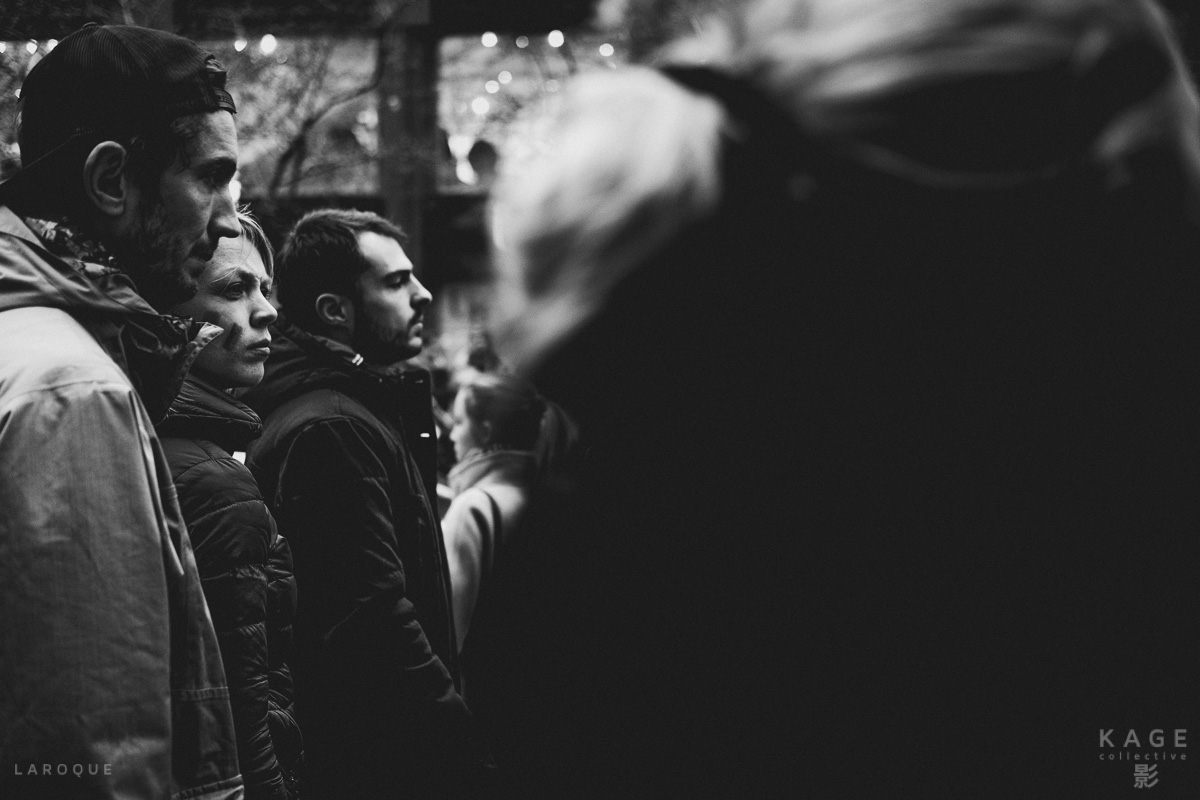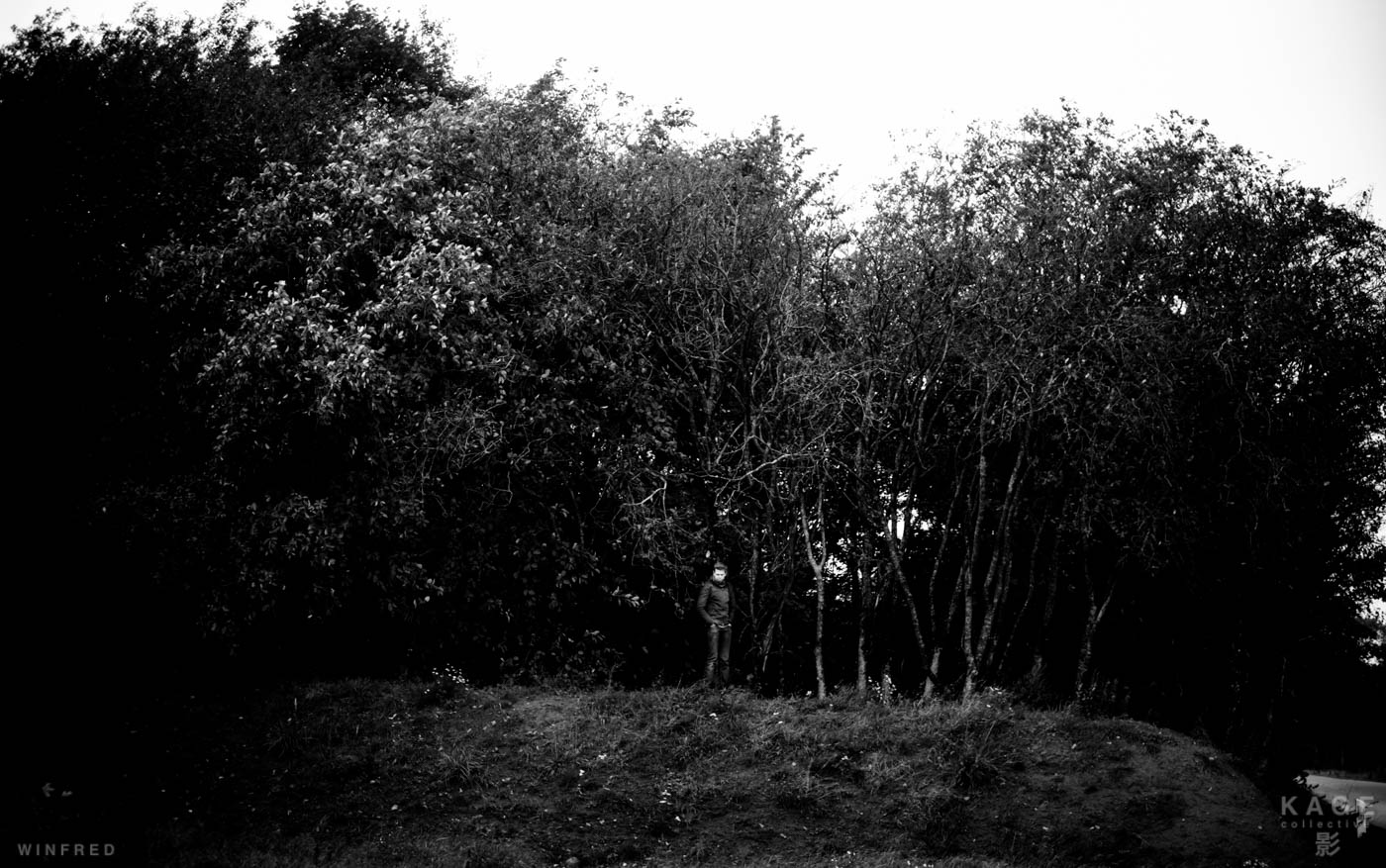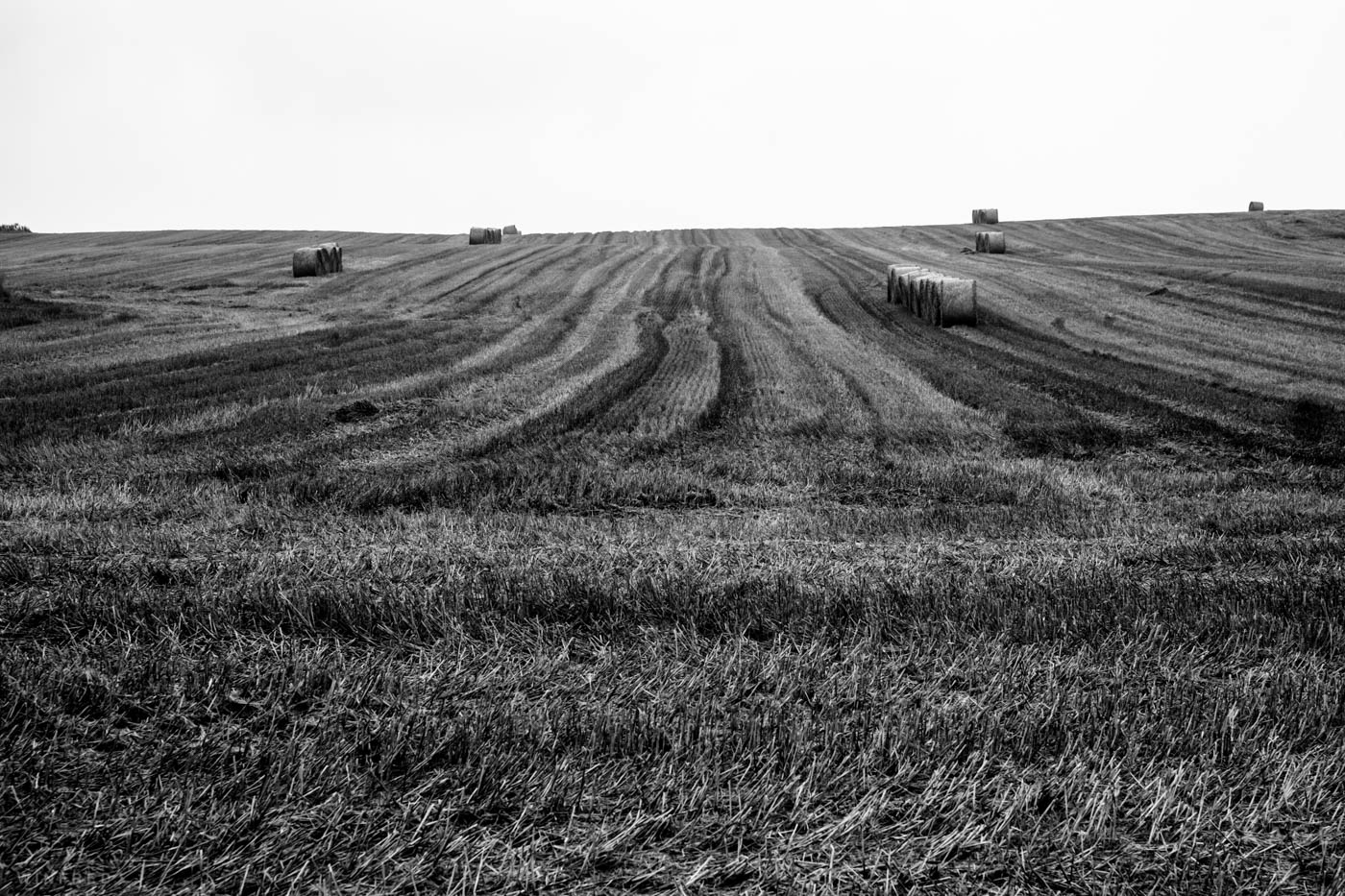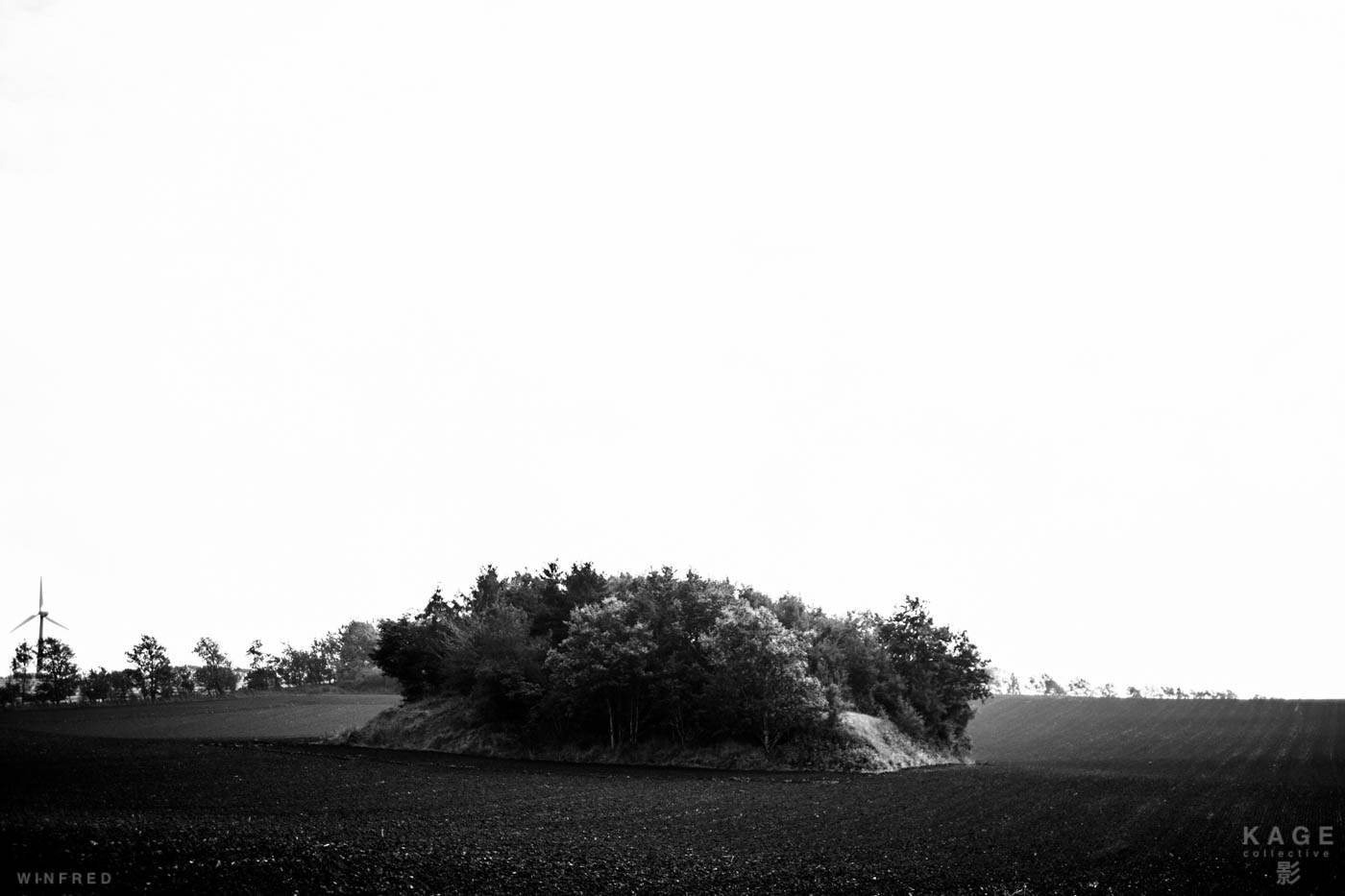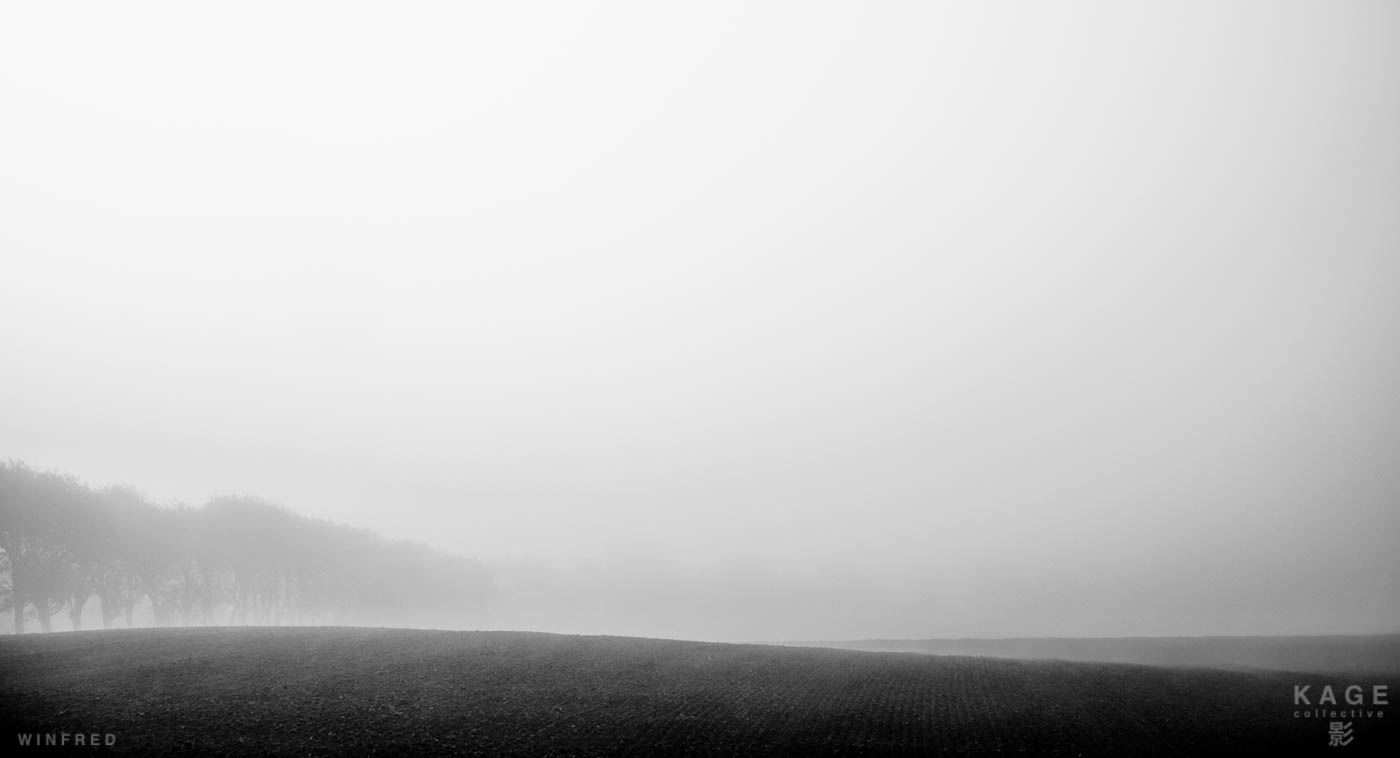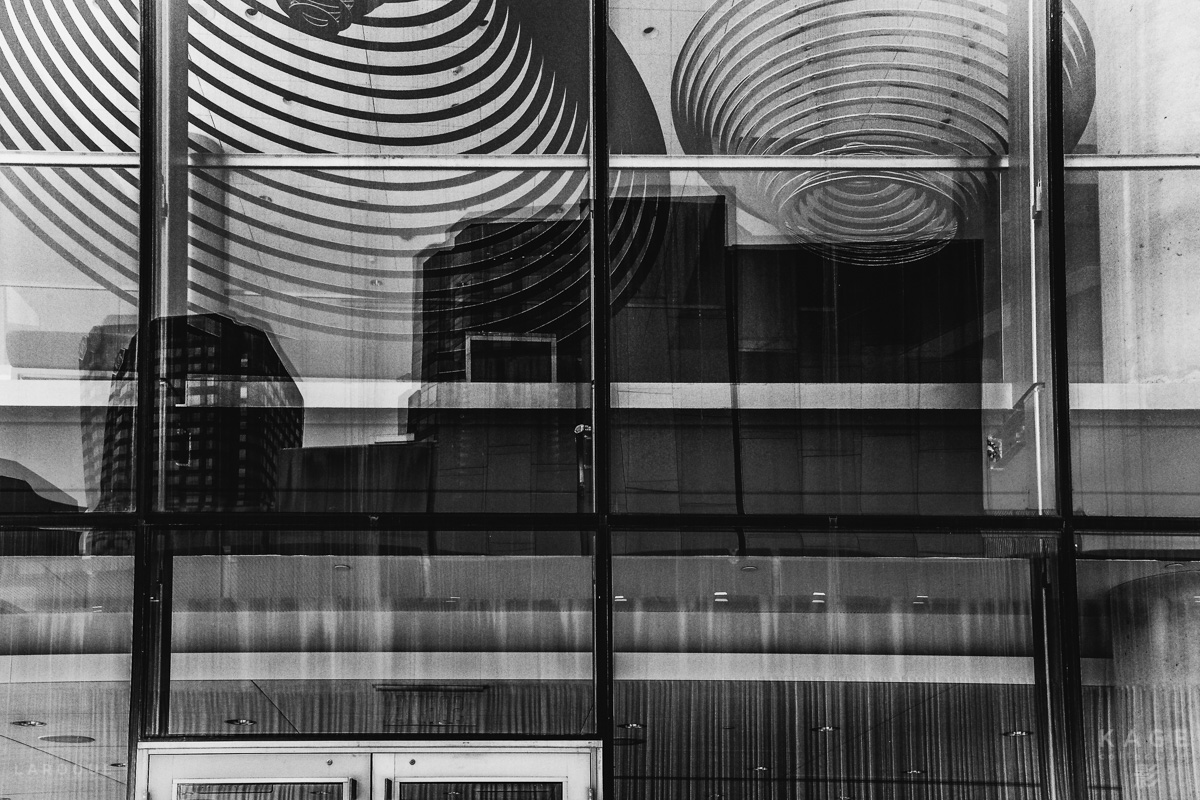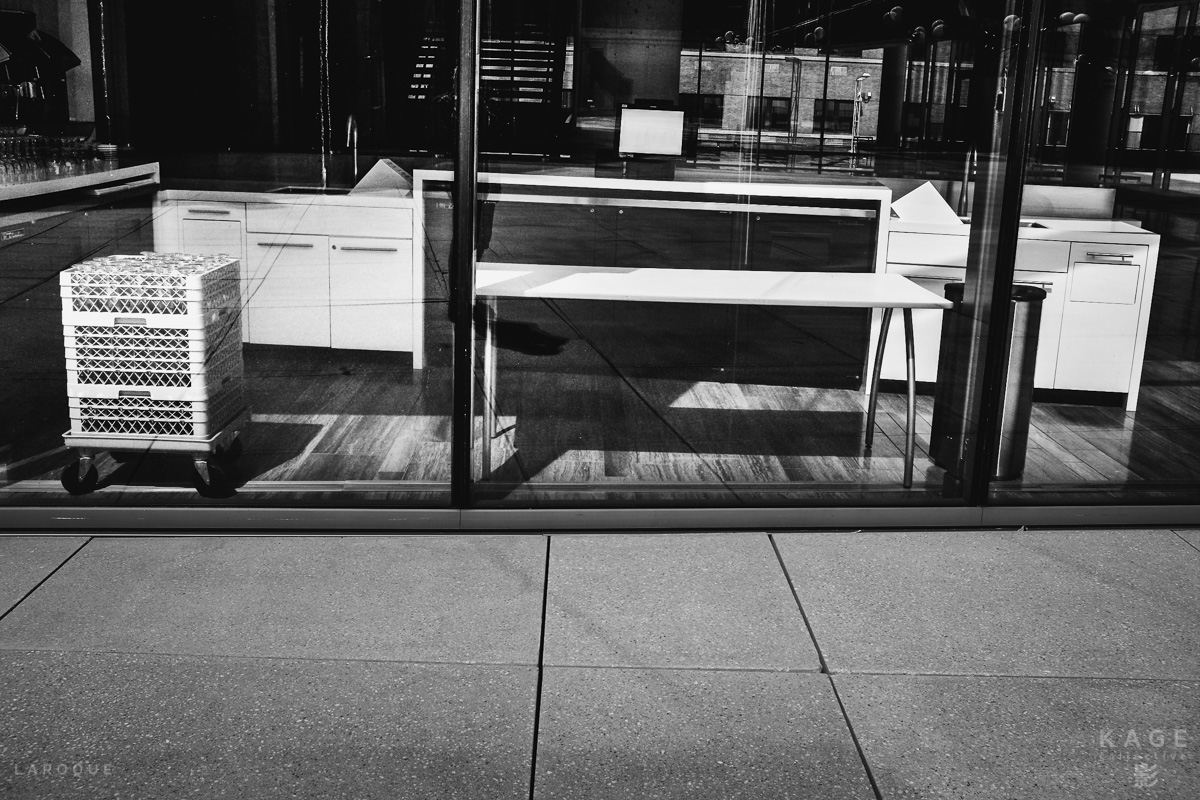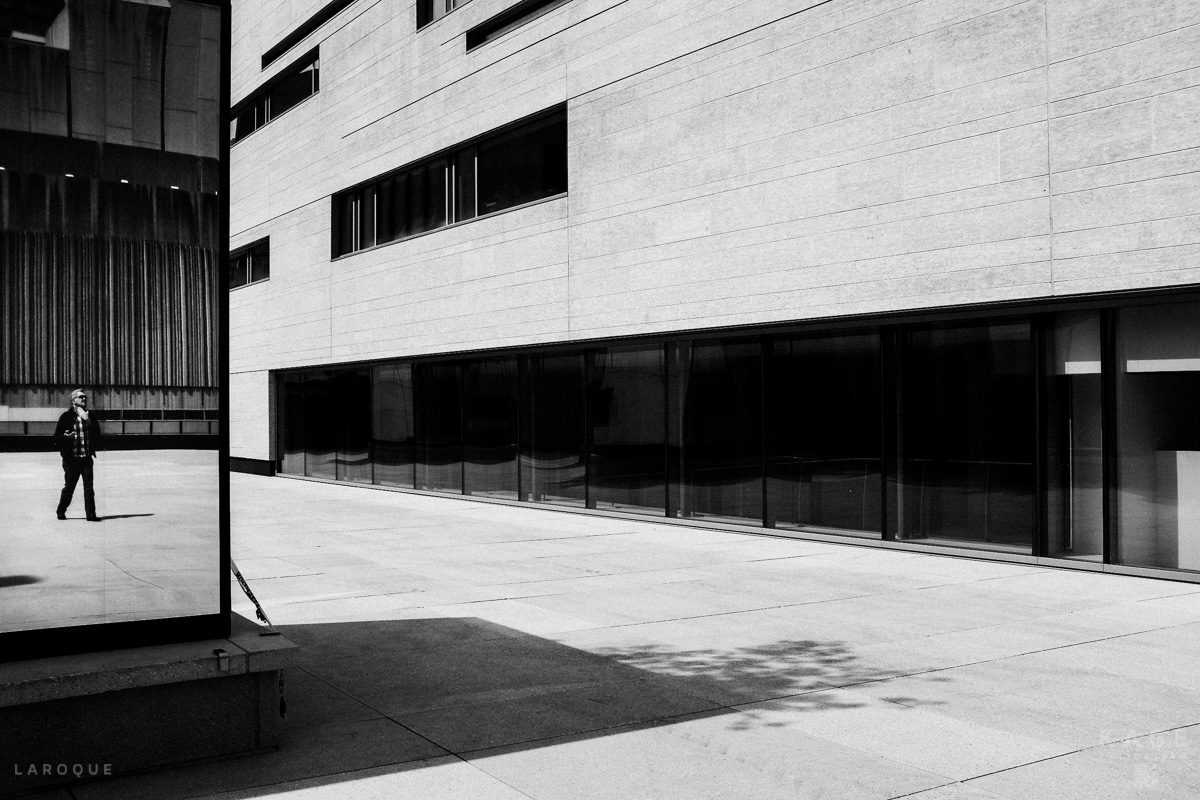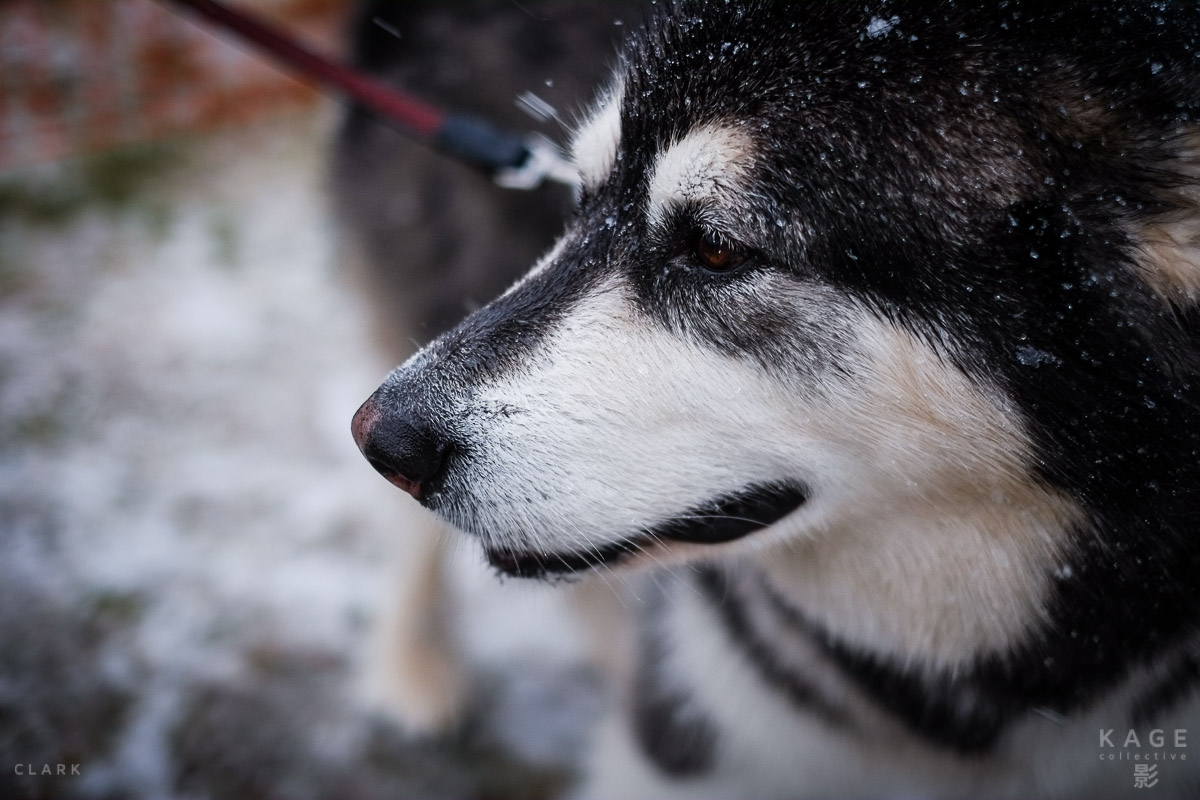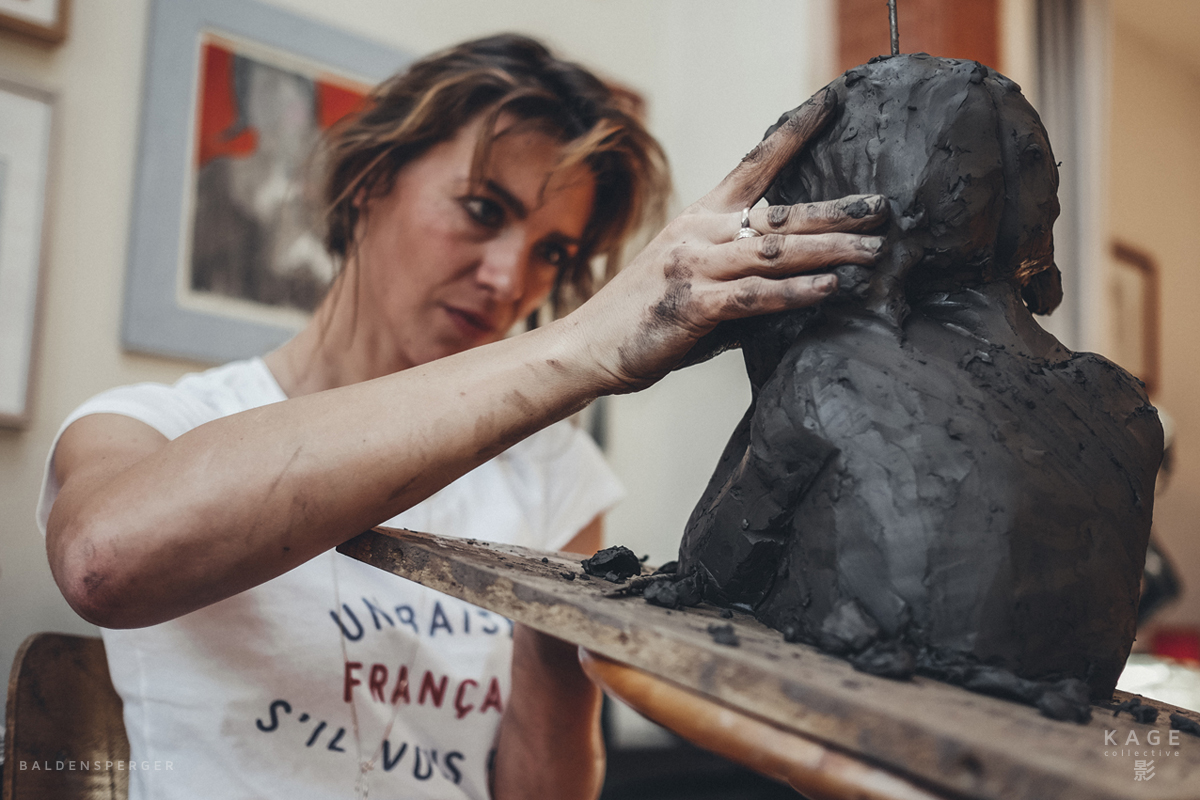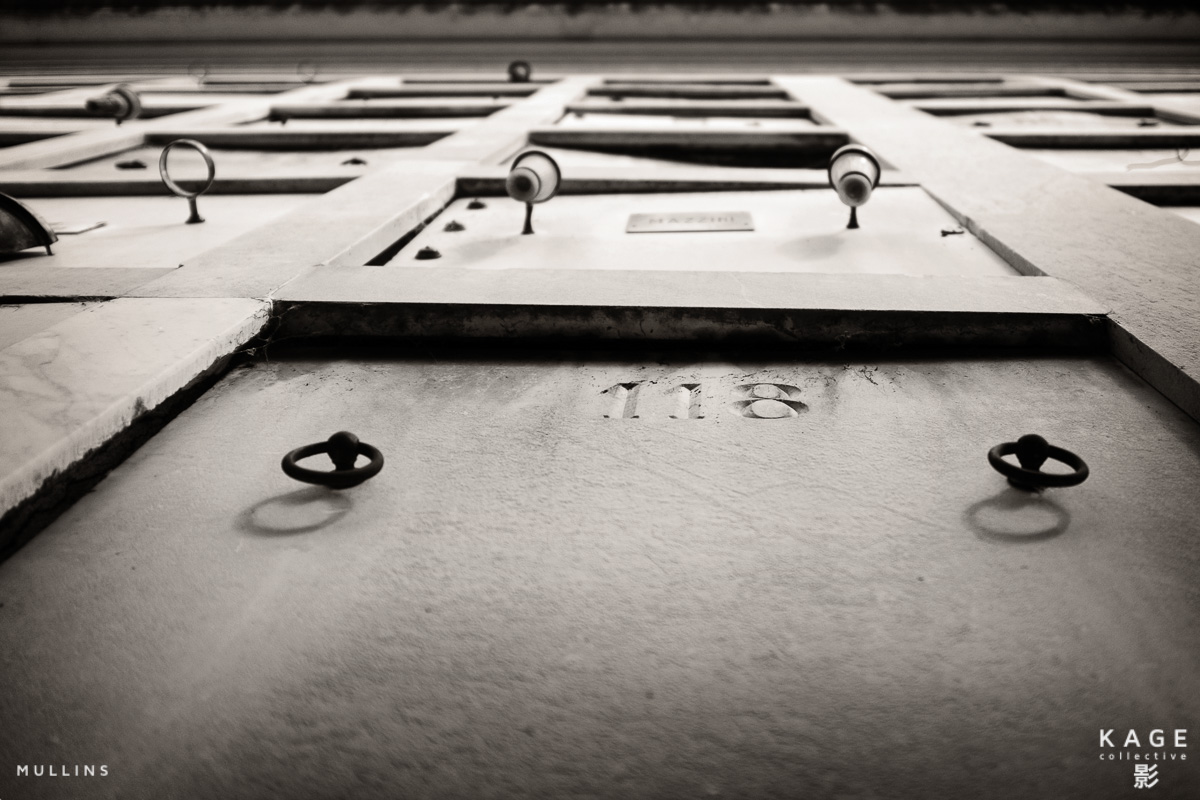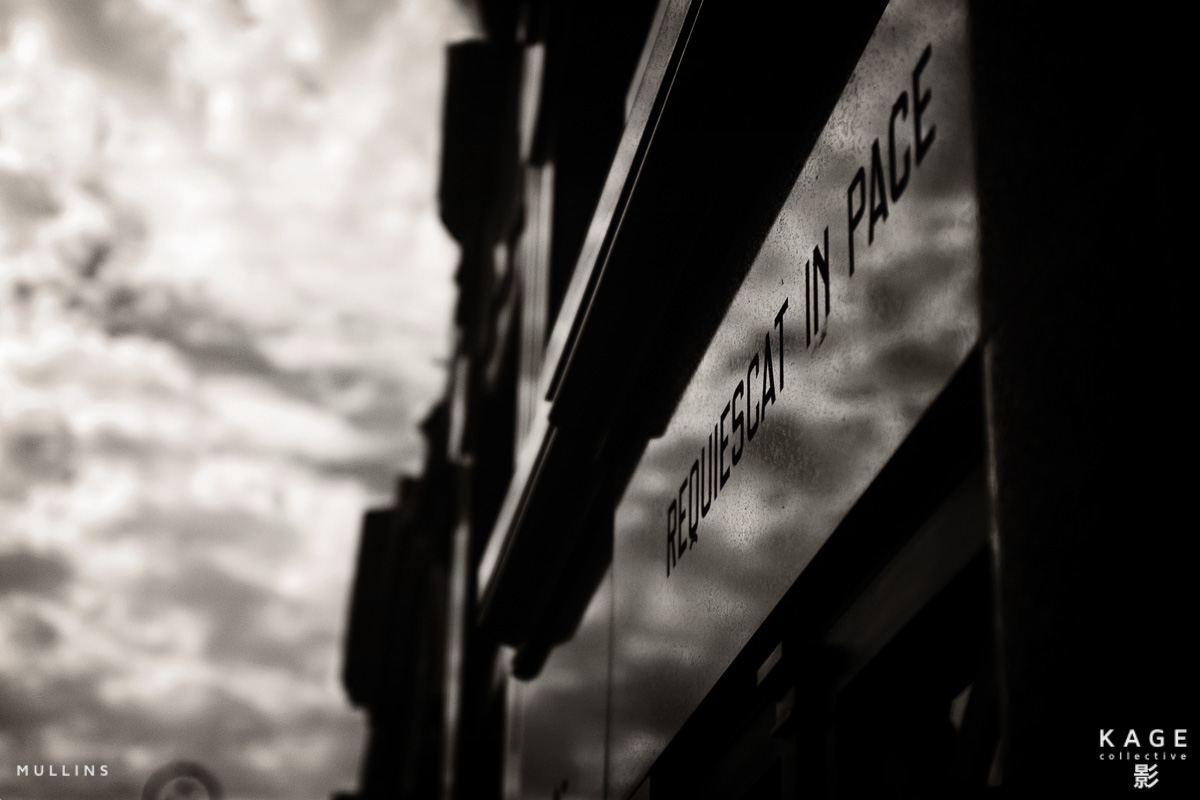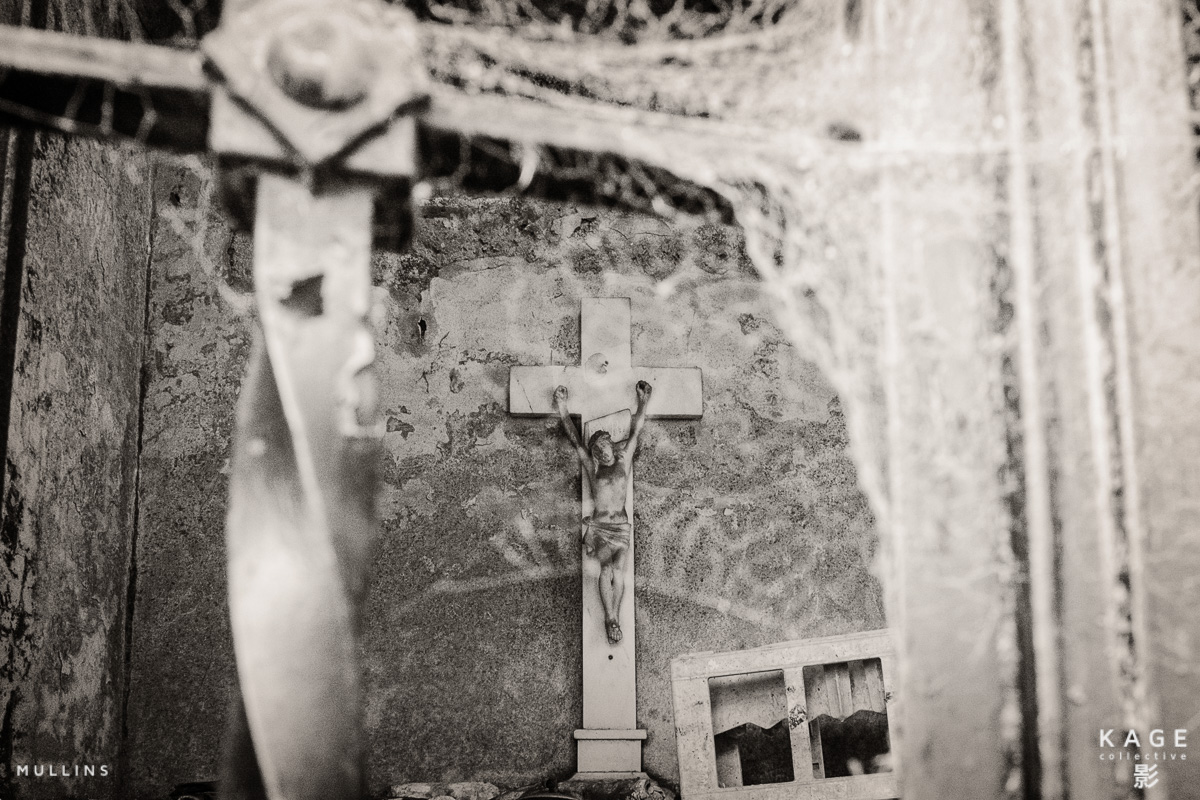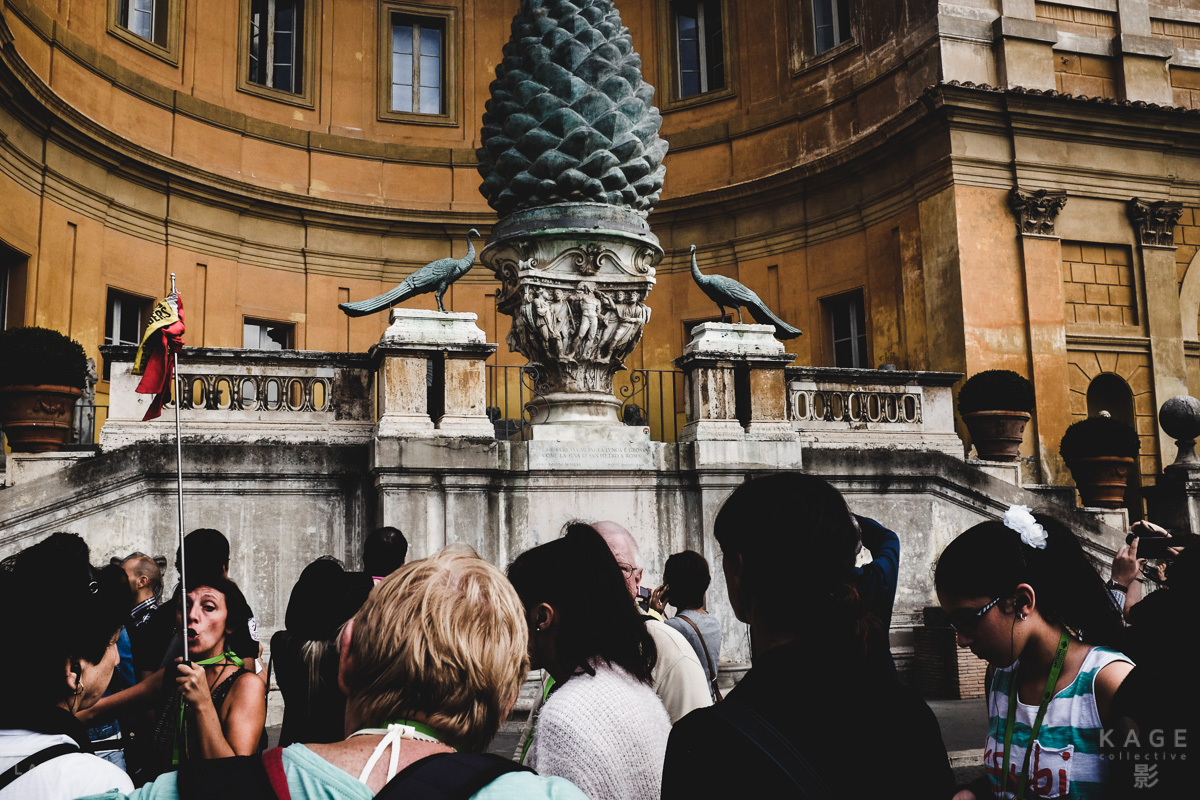TEXT AND PHOTOGRAPHY BY KEVIN MULLINS
This month, I was forced to think more personally about my images.
It's true that I'm my own harshest critic and whilst I'm working, I'm concentrating hard on the job at hand. However, when I'm home, I'm always aware of my often rambunctious, always lovely, Rosa and Albie.
Rosa, in essence, is the reason I'm here at all. Back in 2009 when she was born I bought a camera. I'd never owned one before. So thank-you Rosa for being the catalyst of this journey I still find myself on.
This month's theme was loosely based around "Home" and whilst I know there are far more powerful, poignant and political stories this month, I really had to post these. Because....well, because these are my home.
It's very true to say that until I started my long standing love affair with the X100T I had few "snapshots" of my children. It may be rather quixotic, but I can't think of anything better that sums up home for me.
These are the building blocks of my four walls.
Happy April, everyone, from a somewhat milder Middle-England.




